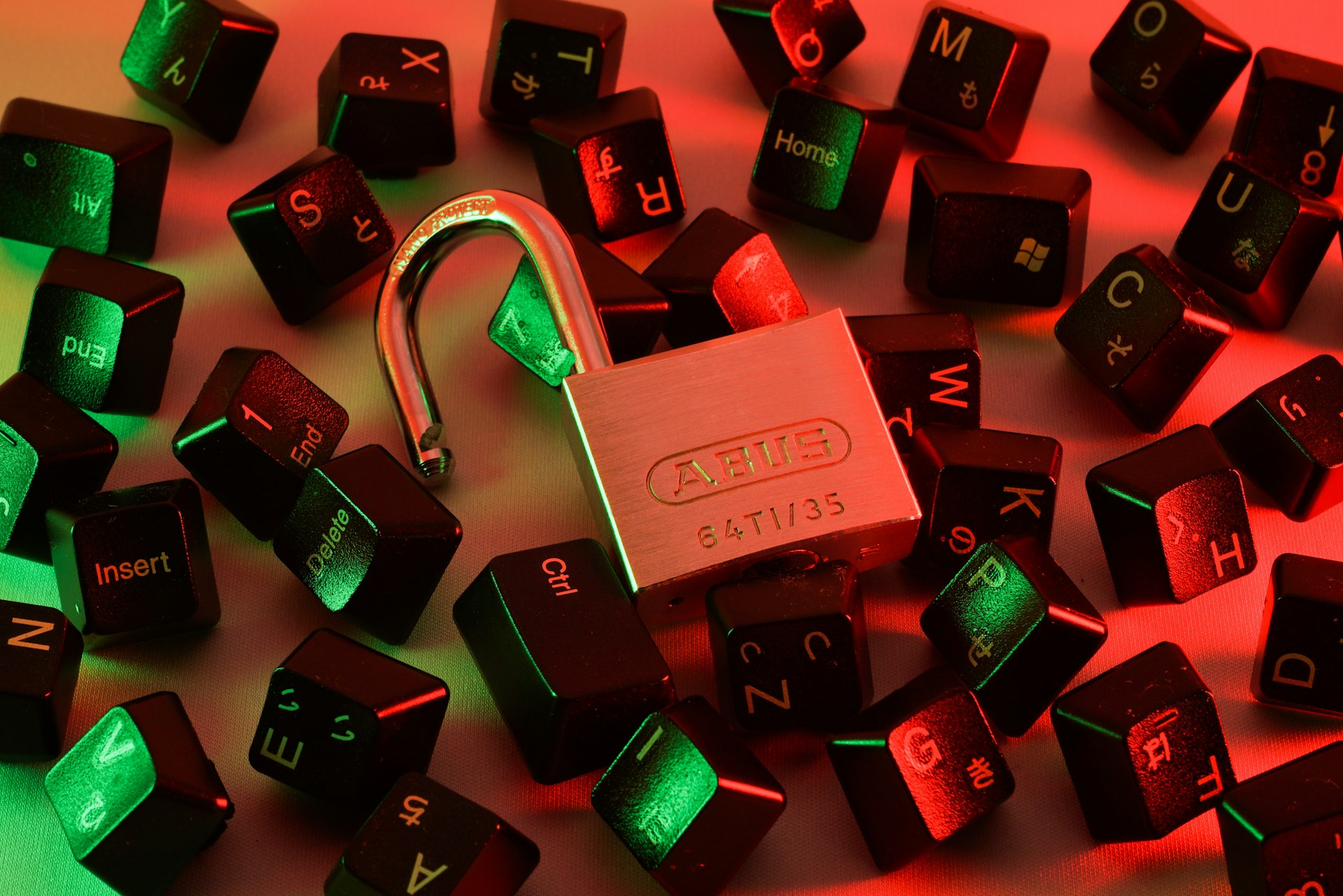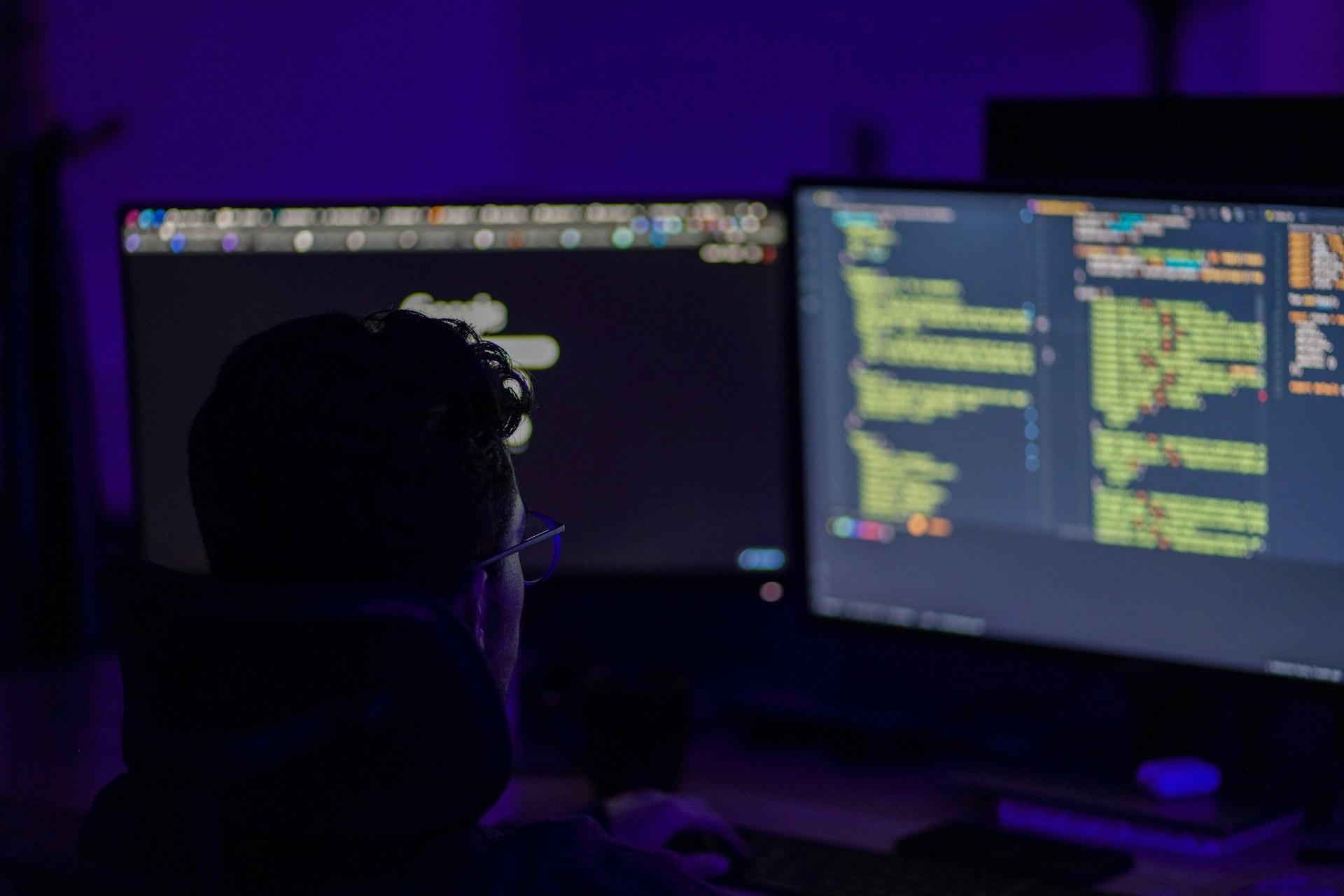Unlocking Engagement: The Latest Trends Shaping Time-Limited In-Game Events

Photo by Chris Santi on Unsplash
Introduction
Time-limited in-game events have emerged as a centerpiece of modern gaming, offering players unique experiences while driving engagement, retention, and monetization for developers. These events-ranging from seasonal quests to flash tournaments-tap into the psychology of urgency and exclusivity, providing both immediate value and long-term loyalty. As player expectations and technologies evolve, so do the strategies that define successful time-limited events. This article explores the latest trends, actionable implementation guidance, and real-world examples shaping this dynamic aspect of the gaming industry in 2025.
The Rise of Hybrid Monetization in Events
Modern games increasingly leverage
hybrid monetization
models within time-limited events, allowing players to engage through both free participation and premium purchases. For example, mobile games such as
Phase 10
and
Bingo Voyage
have introduced events where players can unlock exclusive rewards by completing tasks or opt to accelerate progress with in-app transactions. This dual-approach caters to a broad range of spending preferences, ensuring both free and paying players feel included and rewarded
[2]
.
To implement hybrid monetization effectively, developers should:
- Offer a baseline event experience accessible to all players.
- Design premium tiers or boosters that provide meaningful but non-essential advantages.
- Balance progression so that paid options enhance, but do not overshadow, skill or time investment.
Potential challenges include alienating non-paying players or fostering a pay-to-win perception. Address these by ensuring exclusive rewards are largely cosmetic or time-saving, rather than game-breaking.
Innovative Event Formats and Meta-Layering
Recent trends showcase the growing complexity and variety of time-limited event formats. Games are increasingly blending core gameplay with
meta-layered mechanics
-such as crafting, team-based objectives, and collectible systems. For instance,
Bingo Voyage
introduced “Alliance Tournaments,” grouping players into teams to compete for pooled rewards, while
Phase 10
implemented resource gathering and building upgrades during themed events
[2]
.
To adopt these approaches:

Photo by Kaustubh Sapre on Unsplash
- Integrate minigames or side activities that link back to event progression.
- Experiment with team or alliance-based objectives to foster community engagement.
- Incorporate collection and decoration elements to create longer engagement loops.
Developers may face complexity in balancing these layered systems. Iterative testing and player feedback are critical to maintaining challenge and fun without overwhelming users.
Social Play and Community-Driven Events
The social aspect of gaming is more essential than ever. Time-limited events are increasingly designed to encourage cooperative play , competition, and user-generated content. Examples include live tournaments, collaborative boss raids, and community challenges where player achievements contribute to global goals [3] .
To maximize social impact:
- Enable seamless team formation and matchmaking for event participation.
- Utilize leaderboards and shared milestones to boost competition and camaraderie.
- Incorporate real-time chat or event-specific forums to facilitate interaction.
Potential challenges include moderating community spaces and ensuring fair play. Solutions involve automated moderation tools and robust reporting mechanisms.
Personalization and Adaptive Event Content
Players now expect events tailored to their preferences, skill levels, and play styles. The use of data analytics and AI allows developers to deliver personalized event experiences , such as dynamically adjusting difficulty or offering unique objectives based on player history [3] .
Implementation steps include:
- Collecting player behavior data (with proper consent and transparency).
- Segmenting audiences to create event variants for different groups.
- Iteratively refining content based on engagement and feedback metrics.
A key challenge is respecting privacy while leveraging data. Always provide clear opt-in choices and explain how data enhances game experiences.
Cross-Platform and Device-Agnostic Events
The mainstreaming of cross-play and cloud gaming has made cross-platform time-limited events a core expectation. Leading titles now launch synchronized events across mobile, PC, and console, ensuring all players can participate regardless of device. Middleware solutions and unified account systems are enabling this “build once, play anywhere” approach, expanding reach and boosting event participation [4] .
For successful cross-platform events:
- Utilize game engines and SDKs supporting cross-platform integration.
- Balance gameplay across input types (e.g., touch vs. controller).
- Coordinate event launches to avoid platform-specific delays.
Challenges include platform certification processes and technical disparities. Mitigation involves early planning and strong partnerships with platform holders.
Event Discovery, FOMO, and Retention Strategies
Effective event promotion leverages notifications, countdowns, and in-game teasers to create urgency and Fear of Missing Out (FOMO) . Developers deploy multi-channel messaging-push notifications, email, and social media-to alert players to new or ongoing events, driving logins and retention. Event calendars and advance previews also help players plan participation, increasing anticipation and satisfaction [5] .
To optimize event discovery and retention:
- Implement opt-in push notifications for event launches and reminders.
- Showcase upcoming events in a prominent, easy-to-access calendar.
- Offer participation rewards for early sign-ups or event completions.
While FOMO can significantly boost engagement, it is important to avoid overuse, which may lead to player fatigue or burnout. Alternate high-intensity events with more relaxed content to maintain balance.
Case Studies and Real-World Examples
Recent industry case studies illustrate the impact of these trends:
- Bingo Voyage ‘s Alliance Tournament event successfully increased player retention and monetization by fostering team competition and layered objectives [2] .
- Phase 10 ‘s Dragon Strike event introduced resource management and meta-progression, resulting in higher daily active users and in-app purchases [2] .
- Epic Plane Evolution ‘s hybrid monetization during short-term events enabled both ad-supported and premium play, appealing to a broad audience and maintaining download momentum [2] .
These examples highlight the effectiveness of blending social, meta, and monetization layers within time-limited event structures.
Step-by-Step: Implementing Successful Time-Limited Events
- Define Objectives: Set clear goals (e.g., increase retention, drive revenue, boost social engagement).
- Design Event Structure: Choose formats (solo, team, leaderboard, etc.) and decide on monetization layers.
- Develop Content and Mechanics: Create unique rewards, tasks, and meta-progression systems tailored to your audience.
- Enable Cross-Platform Play: Use SDKs and middleware to ensure seamless participation across all devices.
- Promote the Event: Deploy multi-channel notifications, teasers, and calendar previews to maximize awareness and anticipation.
- Monitor and Optimize: Track participation, revenue, and feedback in real time. Adjust event balance or extend duration as necessary.
- Solicit Feedback: Gather player responses post-event and use insights to refine future events.
If you are a developer seeking detailed platform-specific guidance or resources, consider searching for official documentation from your target platforms (e.g., “Unity cross-platform event integration” or “Epic Online Services event management”) or joining industry forums for peer support and best practices.
Alternative Approaches and Emerging Technologies
Beyond traditional models, the future points toward greater personalization, real-time adaptability, and integration with emerging platforms such as wearables or AR devices. For example, short-session events optimized for smartwatches or VR headsets are on the rise [5] . Cloud gaming services enable synchronized, device-agnostic events with no download barriers, further expanding reach.
To stay ahead, developers should continuously research user trends, experiment with innovative mechanics, and maintain flexibility to pivot as new technologies and player preferences evolve.
Summary and Key Takeaways
Time-limited in-game events have become essential for player engagement, revenue generation, and community building in the gaming industry. By embracing hybrid monetization, innovative event formats, social play, personalization, cross-platform integration, and effective FOMO strategies, developers can craft compelling experiences that keep players returning. Ongoing learning, player feedback, and adaptation to new technologies will be crucial for sustained success in this dynamic arena.
References
- [1] MIDiA Research (2025). Gamescom 2025: The top three trends from the games industry’s biggest event.
- [2] GameRefinery (2025). Analyst Bulletin: Mobile Game Market Review May 2025.
- [3] DevHub (2025). 7 Key Trends Defining U.S. Game Development in 2025.
- [4] Udonis (2025). Gaming Industry Report 2025: Market Size & Trends.
- [5] MoldStud (2025). The Future of Mobile Game Advertising: Top Trends to Watch in 2025.



